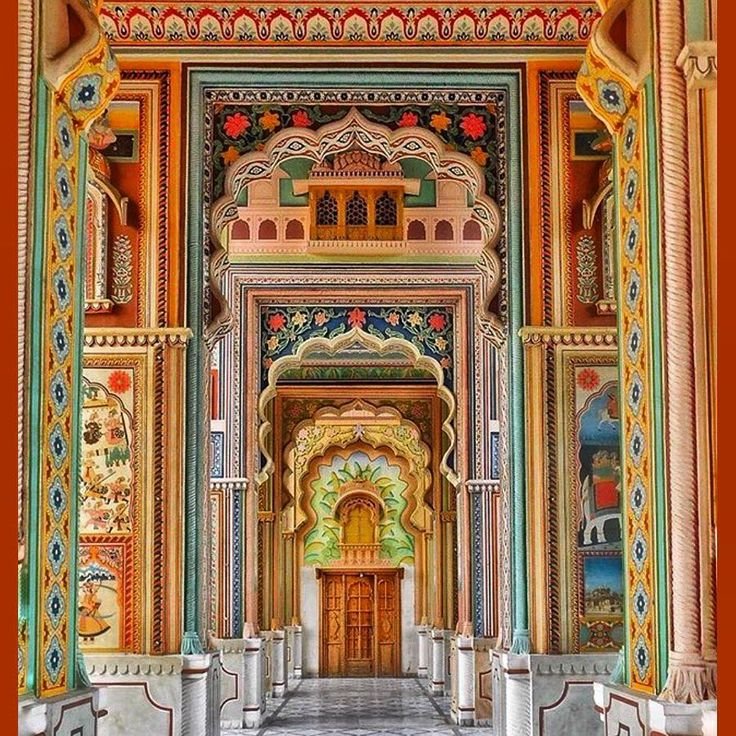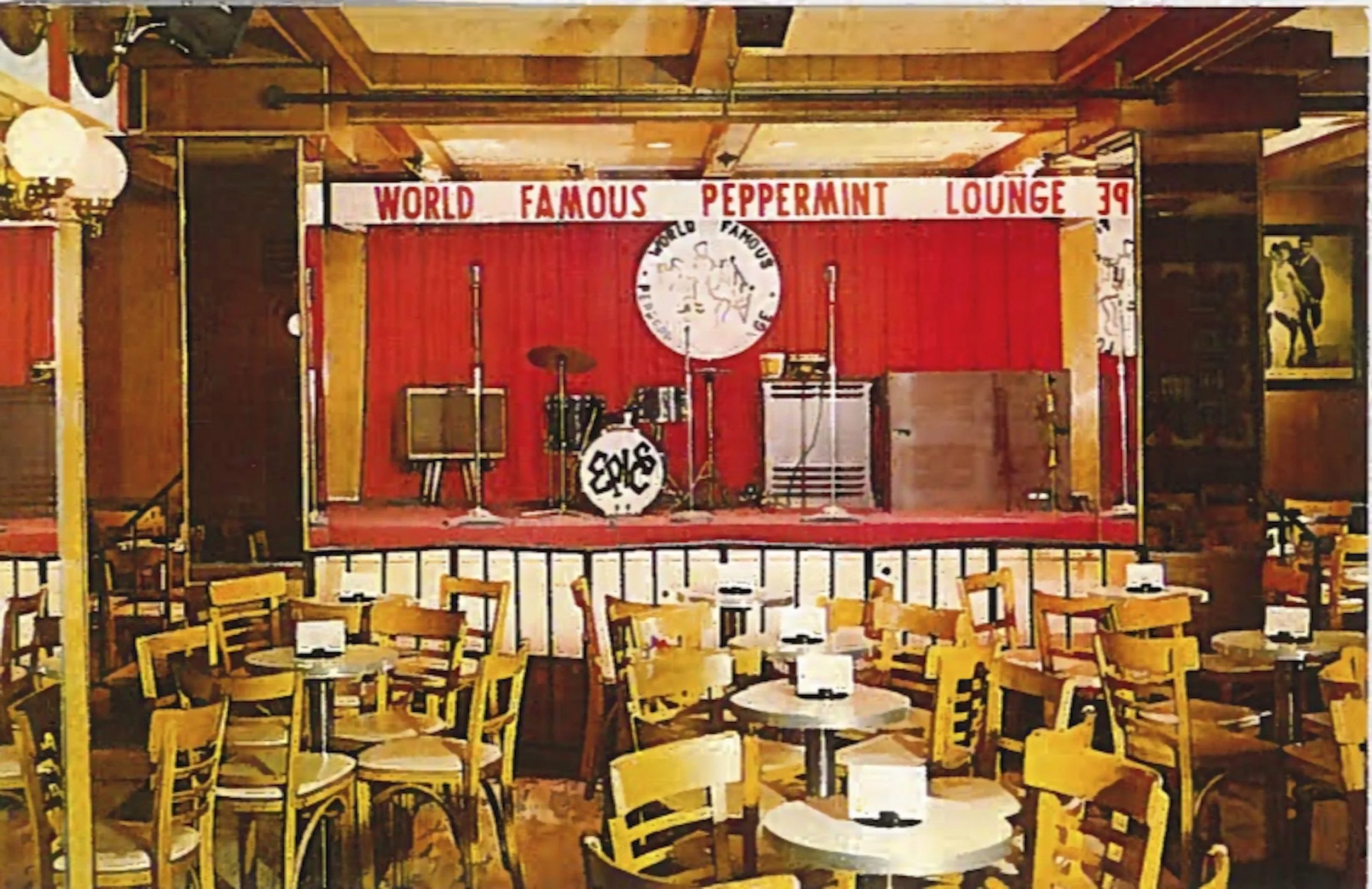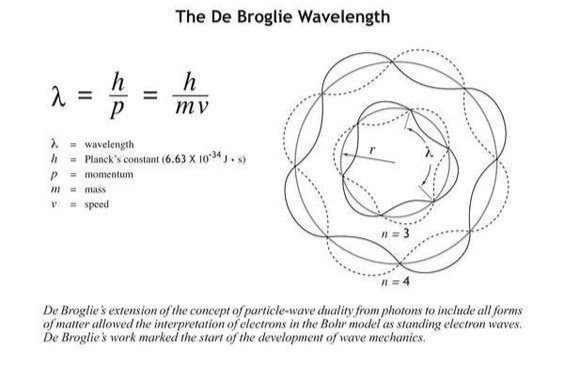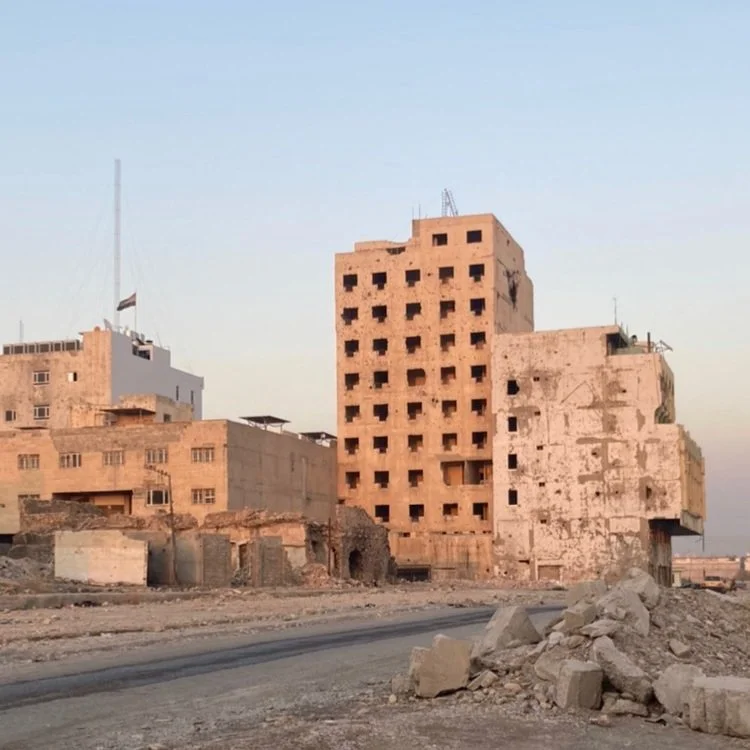DYCP- Diary/ sketchbook
I was pleased to be awarded Arts Council UK DYCP funding last year, which has allowed me to venture into the world of AR (Augmented Reality). Below is some of the research I’ve done durring this time… im not much of a writer so my descriptions are small and serve as notes for myself…
Maybe start at the bottom of the page.
The Shah Mosque- Isfahan, Iran
Completed in 1629, in the last year of the reign of Shah Abbas. Sound bounces back and forth between the floor and ceiling, with the vast dome focusing the sound, forcing it to keep moving back and forth in a regimented fashion. Without a dome, the echo from the ceiling would be lost among all the other sound reflections in the mosque. The iconic blue-tiled mosaic tiles help to provide strong reflections, which is why so many repeats of the echo are heard.
The mosque was also featured beautifully in Agens Varda’s ‘The pelasure of Love in Iran' 1974
Vijaya Vittala Temple in Hampi, South India
Within the Vijaya Vittala Temple in Hampi, South India are 56 pillars, each 3.6 metres high, which when gently tapped produce delicate musical notes. The pillars, named SaReGaMa, are so-called after the first four notes (svaras) of the standard scale in Indian classical music – similar to the Western Do Re Mi Fa (solfège).
Together, they hold up the 15th-century ‘Ranga Mantapa’, a main attraction within the temple complex. Resembling an open pavilion, it was most likely used for music and dancing.
Across the hall, primary larger pillars are surrounded by seven smaller pillars that each ‘play’ one of the seven notes in the Indian classical music scale. Made of pieces of huge resonant stone, the cluster of musical pillars vary in height and width, in order to produce the different tones. Vijaya Vittala is not the only temple to feature these musical pillars. For around 200 years, these harmonious hallmarks represented an exciting revolution in architecture from the 14th to 16th century, particularly in the south of India.
Scholars have presumed that the pillars were once tapped, or sometimes blown into, to accompany chants and devotional performances.
Elsewhere in South India, the Nellaiappar Temple in Tirunelveli boasts a line of musical pillars, which are arranged so that when one pillar is tapped, a neighbouring one reverberates, producing a bell-like sound. As well as singing pillars, temples have been known to feature other musical architecture, such as staircases. North-east of Tirunelveli, at the Airavateshwara temple in Darasuram, a staircase leading into the temple is surrounded by a metal grate. This is to protect this set of ten steps, as when someone walks on them, they ‘play’ the first seven notes of the Indian classical music scale.
Patrika Gate in Jaipur, India.
Irrigular shape doorways, pink walls and frescos within Patrika Gate, each incorporating different styles and designs from across Rajastan. An excersise in Eastern Polychromy.
El Castillo, Chichen Itza
Chichen Itza, the pre-Colombian archaeological site built by the Mayans in northern Yucatan, Mexico, is home to many architectural and cultural wonders, one of which has baffled acoustics experts for decades.
The Temple of Kukulkan is one of the most visually-striking structures at Chichen Itza, but perhaps its most intriguing characteristic is acoustic, not visual. Clapping at the base of the Mayan pyramid causes an echo that closely resembles a bird’s chirp. Do it repeatedly, or in a group, and the echos will sound like a chorus of ghostly chirps rolling down the steps of the impressive structures. It’s one of those tricks tour guides use to impress visitors, but it’s actually no gimmick. Acoustic experts have been fascinated by the “Chichen Itza Chirp” ever since it was documented by an acoustic engineer in the late 90’s, but so far no one has been able to demonstrate if the architects of the pyramid designed it with the specific echo in mind, or if it was accidental.
Music making spaces
Souces: https://www.pointofdeparture.org/PoD53/PoD53Ornette.html
Architectural Polychromy
https://www.lescouleurs.ch/en/the-colours/colour-keyboards/colour-keyboard-1959/
QUANTUM / JAZZ
Physics has long looked to harmony to explain the beauty of the Universe. But what if dissonance yields better insights?
In the Quantum Music project, physicists and musicians worked together to unite ‘the mysterious worlds of quantum physics and music for the first time’. They developed a device that attaches to each key of a piano so that, when the pianist plays, the information is piped to a computer and synthesiser, which plays ‘quantum’ tones in addition to the familiar reverberations in the piano.
THE JAZZ OF PHYSICS
‘Contrary to the logical structure innate in physical law, in our attempts to reveal new vistas in our understanding, we often must embrace an irrational, illogical process, sometimes fraught with mistakes and improvisational thinking. Although it is important for both jazz musicians and physicists to strive for technical and theoretical mastery in their respective disciplines, innovation demands that they go beyond the skill sets they have mastered. Key to innovation in theoretical physics is the power of analogical reasoning.’
But while Alexander does draw heavily on analogies throughout the book, the parallels and equivalences between music and physics are often far more literal. “It is less about music being scientific and more about the universe being musical,” he writes, reminding us that stars, galaxies, and planets arose from sound waves in the plasma of the infant universe as spacetime vibrated like an instrument to produce the waves that leavened these essential cosmic structures.
… Part of Einstein’s genius was his willingness to leap beyond the limits of his particular mathematical problem and into a field of possibilities, which he explored through improvisational experimentation — gedankenexperiments, or thought experiments. Einstein himself, who believed his best ideas came to him during his violin breaks, called his ideation process “combinatory play” — a wilderness of associations reaching across boundaries of various theories and fields of thought, not as deliberate problem-solving but as unforced mental meanderings.
TIME, SPACE, SOUND… ?!*&/?
The physists have an equation for it all but for me its a bermuda triangle that seeps into my work time and time again…. The mystry of it all makes my mind wobble and even the scientest aknowledge that the questions they are pondering are essentially quite philosophical and spiritual, so you have an added spicy element of a collision of polar disciplines.
My intention isnt to represnt these theories accurately, just to draw upon them as inspiration for myself, as they were for a number of Jazz musicians including Coltrane, ornette coleman, Alice coltrane and the mighty Sun RA.
A parallel universe sketch…
Imagination is more importnat than Knowledge. For Knowledge is limited to all we now know and understand, while imaginaiton embraces the entire world, and all there ever will be to know and understand.
THE TRASFORMATION OF SOCIETY WITH XR
The fundamentals of the society has been founded based on the human habitation over the years. The principles of any action were defined considering physical entities, but XR creates a paradigm shift in the way we see the world and how it will be coded to augment a "new reality". The future generation might not be aware of the societal theories which we are carrying since decades. The Metaverse is the new technology driven world with no analogy to the real world. The socioeconomic principles does not go aligned with this augmented world. Wiki
N.B. Alarm bells
MICROLISTENING w JEZ RIELY FRENCH
to un-write
false borders
to write about not writing
to leave blank space, avoid translation of place
ownership through imposed language
a dissolution of non-human realms
intuitive equity
—————————————————————————-
‘ The act of listening, and field recording (in its widest sense), has the potential to question, reveal, expand our understanding and experience of locales and situations. Yet, all too often we restrict and constrain it by the borders between human and non human. By our seemingly automatic ability to impose ourselves onto them and to listen in ways that force them to conform to our expectations, enacting ideas about ‘nature’, connection and technology that largely ensure our ability to feel comfortable, skilled and in control; acts of colonisation and perceived dominance. '
JRF, Source
Had the absloute pleaseure to attend a day workshop with field recording artist Jez Riely French, who’s worked across various areas of the arts and sound culture and has designed specialist microphones and techniques widely used across art, music, film, tv, games, theatre and radio.
Much of his work felt as eavesdropping into secret worlds, catching micro insects communication and otherworldly events amongst trees, that he only experienced once. Although very droney, the recording had nothing to do with john cage or drone music, they are more about recoding the sonic vibrations of different places both urban and environmental. His little tangents and industry anecdotes were thrilling but he was reluctant to elaborate the more spiritual part of his methods/ practice.
We were advised to listen without judgment, turning off the psychological filters that you develop as a form of coping mechanism for city living in order to train your ears for micro listening, listening to ultra sonic sounds and paying attention to micro activity.
He discussed his tools, the mics- Coil pick up electromagnetic recording, hydrophonic for underwater recording, contact for architectural recording, ambisonic 4 channel mics used for 360 VR, dpa used for film and TV best for recording voices. The different preamps on diff recorders. All very invaluable informatoin for a begginer like myself.
Other notes..
women artists as forbearers of the field recording and sound art but are now often left unmentioned (Womens work).
That we as humans are not dissimilar to the animal kingdom, we are all living organisms.
Field recroding artist doing the work before scientests.
The need to remove yourself from your everyday and go for a walk.
The need to unthink and unlearn. we conditions ourselves too much.
The stifling art world clike. Trust your intuition, walk away.
Field recording seems like it could be wrapped in its own party politics, thankfully Jez demystified this idea and was really eager for people to push its limits.
organised by Alice Eldridge as part of the Sound Art Brighton Festival 2022 and run in association with UK & Ireland Soundscape Community.
ARCHITECTURE FOR THE SENSES
Architectural historians often argue that the Tempietto functions as a compelling geometrical metaphor for Leonardo da Vinci’s ‘Vitruvian Man’ (1490) – his study of the body’s proportions – where both of these designs exalt the human form by placing it firmly at the centre of a perfectly ordered universe.hatever it is, the way you tell your story online can make all the difference.
And yet the comparison of these two images encourages us to think of the Tempietto in terms of a disembodied pattern of visual forms, rather than a physical environment built to accommodate dynamic, living human bodies. As the Finnish architect Juhani Pallasmaa has shown in his classic manifesto The Eyes of the Skin (1996), architecture offers an immersive, embodied experience that engages not just the eye but all of our senses simultaneously. Our overwhelming emphasis upon the visual aspects of architectural design fails to acknowledge the fact that, to gain understanding and knowledge of buildings, we rely upon all of our senses, including sight, sound, smell, taste and touch, as well as bodily senses such as proprioception and kinaesthesia, which are associated with balance and movement.
DANCE, MUSIC & FREEDOM
My mesopetemia
I have been trying to puzeel together my fading memories of where I was born, I have always been reluctant to do this for fear of appearing different. Im finding that both my memories and language are both fading and Im trying to grasp hold of whats left. However through the powers of Instagram I have been able to connect with people and organisations of a thriving arts scene.
I have enjoyed rediscovering Iraqi architecture through peoples stories, some more delapitated anad some still in a state of build as was always the case in my memory.
Despite the collective war tyrants’ many efforts and despite shifting cultural changes several architectural landmarks ramins standing through it all as the last standing bastians and remnants of previuos civiliasaitons.
Its no surprise that much of the architectural shapes and motifs are already present in my previius work and it has been reafferming to rediscover it.
Image source unrecordered :(
MAttise motivations
‘An artist must never be a prisoner. Prisoner? An artist should never be a prisoner of himself, prisoner of style, prisoner of reputation, prisoner of success... ‘
‘Derive happiness in oneself from a good day's work, from illuminating the fog that surrounds us.’ - Mattise
‘All Art is religiuos. If its not religious it dosent exist’- Mattise
FEMALE AR ARTISITS
H. C. Dunaway Smith
A recent google search lead me to the work of Interdisciplinary artist H. C. Dunaway Smith whos work combines illustrations, sound and storytelling in to beautifully crafted AR narratives. the tutuorials on her website are really helpful and demystified the whole AR journey I’m about to undertake.
‘I’m an interdisciplinary artist and storyteller that combines illustration, music, movement, and branching narratives into interactive experiences that explore existence – what it is to “be.” In short, I’m trying to wrap my head around the fact that I “am.” Just like you, I am a cognizant being, inside of a human body, on the surface of a small planet, that is part of a solar system, that is part of a galaxy, that is part of a universe, that is (most likely) part of a multiverse. In my work, I explore this scale- micro to macro.’
Rachel Rossin
Interesting use of AR within exhibition space that lends itself welll to blurring the lines between the real and the imagined objects and spaces.
‘Working seamlessly across traditional art forms and new technologies, Rossin investigates the boundaries between, and changing perceptions of, the hyper-real and the imaginary.’
Nadine Kolodziey
Nadine Kolodziey is a Frankfurt and Berlin based visual artist and illustrator. Her work is digital, handcut, melted or sometimes made into a walkable environment. In doing so, forms are created in a analogue and digital way - materials such as plastic and pixels are combined.
Its reassuring to find other female artists who’s AR explorations are a development from previous 3D illustration and visual art, it seems to be quite a naturla progression away form the usual printed format of illsutration.
Its also quite refreshing taht this isnt a male dominated field so far, or maybe its just not grabbing my attention so far, lol.


















































